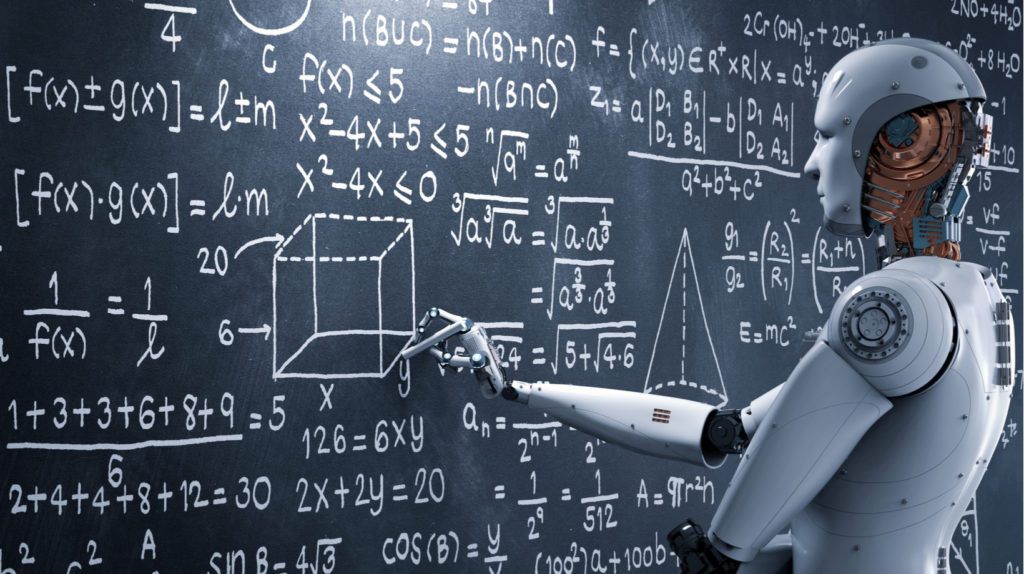Education has always been the foundation of progress, but in 2025, it looks nothing like the classrooms of the past. Thanks to artificial intelligence (AI), students now learn in personalized, engaging, and more efficient ways. Teachers are supported with powerful AI tools that handle repetitive tasks, while students enjoy individualized learning paths tailored to their strengths and weaknesses.
In this article, we’ll explore how AI is reshaping education in 2025, the benefits and challenges it brings, and what the future of AI-powered classrooms looks like.
1. Personalized Learning for Every Student
One of the greatest advantages of AI in education is personalization.
- AI analyzes each student’s performance and creates customized learning paths.
- Struggling students receive extra resources and practice, while advanced learners get more challenging tasks.
- Tools like Khan Academy’s AI tutor and Duolingo Max adapt lessons in real time.
👉 No more “one-size-fits-all” learning—every student progresses at their own pace.
2. AI-Powered Virtual Tutors
Imagine having a tutor available 24/7. That’s the power of AI in 2025.
- Virtual AI tutors like ChatGPT Edu, Squirrel AI, and Century Tech provide instant explanations.
- Students can ask questions any time—even outside school hours.
- These tutors use natural language processing to break down complex topics into simple explanations.
👉 This makes learning accessible to all students, regardless of location or financial background.
3. Smarter Grading & Teacher Support
Teachers spend countless hours grading assignments—but AI now does the heavy lifting.
- AI systems automatically grade essays, quizzes, and even open-ended assignments.
- Feedback is instant, detailed, and constructive.
- Teachers can focus more on mentoring and creativity instead of paperwork.
👉 AI gives teachers more time to teach, less time to grade.
4. Language Translation & Inclusive Learning
In 2025, classrooms are more diverse than ever. AI is breaking down language barriers.
- Real-time translation tools help students from different countries learn together.
- AI subtitles in online lessons make content accessible to non-native speakers.
- Voice recognition helps students with disabilities participate equally.
👉 AI ensures education is inclusive for all learners.
5. Virtual & Augmented Reality Learning
AI is merging with VR and AR to create immersive classrooms.
- Students can explore ancient civilizations, space, or the human body in 3D.
- AI guides them through these experiences, answering questions in real time.
- Complex topics like chemistry, physics, or biology become interactive adventures.
👉 Learning becomes fun, engaging, and unforgettable.
6. Predictive Analytics for Student Success
AI doesn’t just react—it predicts.
- Systems analyze data to spot early signs of struggle in students.
- Teachers get alerts when a student is falling behind.
- Parents receive progress reports and recommendations on how to help at home.
👉 This prevents students from slipping through the cracks.
7. AI in Higher Education & Research
Universities in 2025 are heavily powered by AI:
- AI helps students write research papers, summarize studies, and discover new academic resources.
- AI tools detect plagiarism and ensure originality.
- Professors use AI to manage online classes, grade at scale, and conduct data-driven research.
👉 Higher education becomes more efficient and innovative with AI.
Benefits of AI in Education
✅ Personalized learning for all levels
✅ 24/7 access to AI tutors
✅ Faster and fairer grading
✅ Inclusive education for diverse classrooms
✅ Interactive and immersive lessons
✅ Early detection of academic struggles
Challenges of AI in Education
While the benefits are massive, challenges remain:
- Over-reliance on AI may reduce human critical thinking.
- Data privacy concerns as AI collects student information.
- Teacher resistance—some fear AI may replace their jobs.
- Digital divide—not all students have equal access to advanced AI tools.
👉 The key is to balance AI with human teaching. Teachers remain mentors, motivators, and role models, while AI acts as a powerful assistant.
The Future of AI-Powered Classrooms
By 2030, we may see:
- Fully AI-managed classrooms with holographic teachers.
- Students learning through AI-curated virtual reality worlds.
- Global classrooms where students from different continents learn together in real time.
The ultimate goal? A world where education is personalized, accessible, and borderless.
Final Thoughts
AI in education is no longer just a futuristic idea—it’s a present reality. In 2025, classrooms powered by AI are more personalized, inclusive, and engaging than ever before. Teachers and AI are working hand-in-hand, ensuring students not only learn better but also enjoy learning.
Education has always been about preparing the next generation. With AI, that preparation is smarter, faster, and tailored to each student’s unique journey.
FAQs
1. How is AI used in education in 2025?
AI is used for personalized learning, grading, tutoring, translation, and predictive analytics.
2. Can AI replace teachers?
No. AI supports teachers but cannot replace the human connection, empathy, and creativity teachers provide.
3. What are the benefits of AI for students?
Students get personalized learning paths, access to virtual tutors, faster feedback, and immersive experiences.
4. Are AI classrooms safe for children?
Yes—if schools follow data privacy guidelines and combine AI with human oversight.
READ ALSO: The Future of Remote Work with AI: What to Expect in 2025 and Beyond
